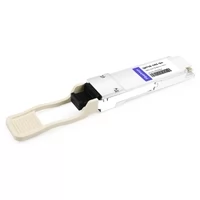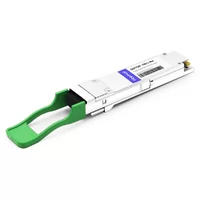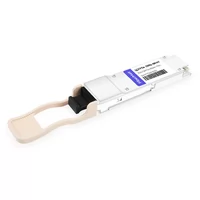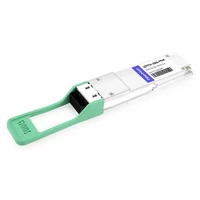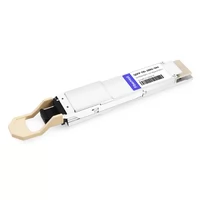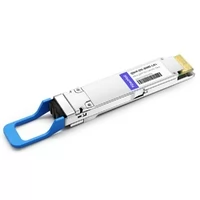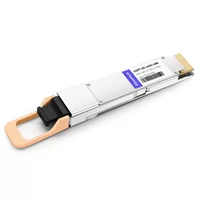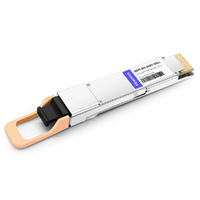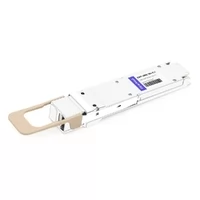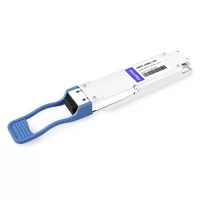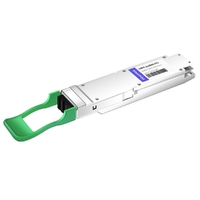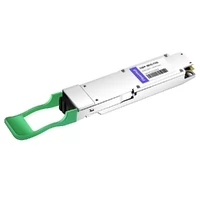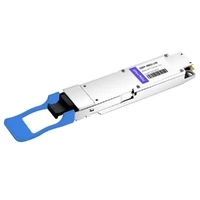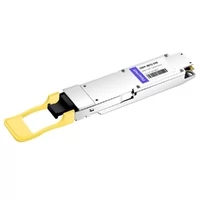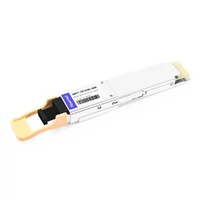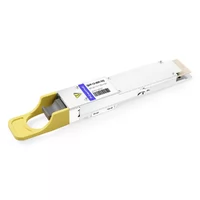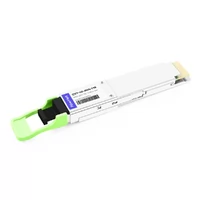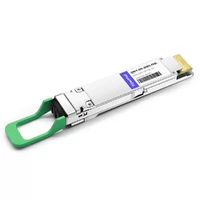As a bridge between servers and switches in a data center, optical modules are one of the essential products in a data center. Currently, many different types of optical modules are on the market, and their quality varies. If you choose an unsuitable optical module, it will lead to slow and unstable network speed and other problems.
Properly selecting optical module parameters is the first step of optical communication network transmission.
Before buying optical modules, you should first understand the network environment and use requirements. For example, optical transceiver parameters include transmission rate, packaging mode, operating wavelength, transmission distance, and operating temperature, which are all critical references for optical module selection.
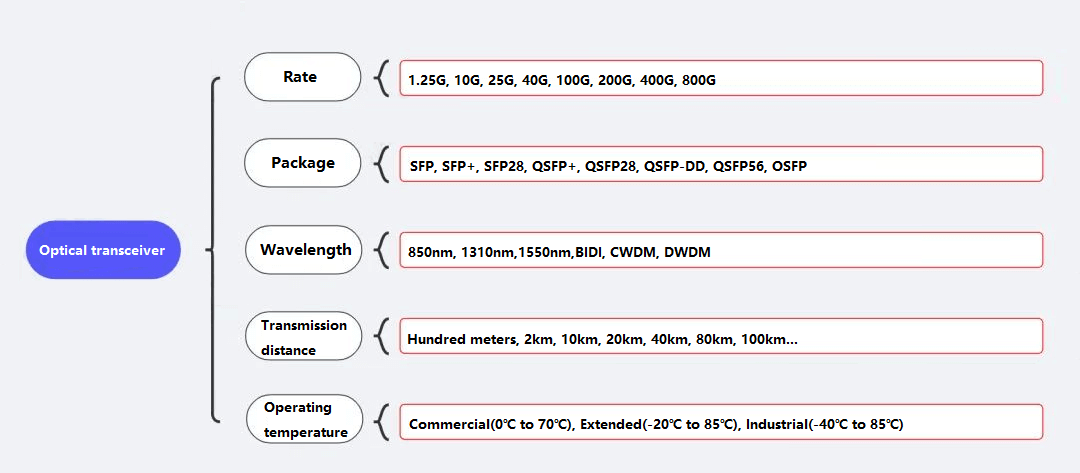
Transmission Rate and Packaging Mode
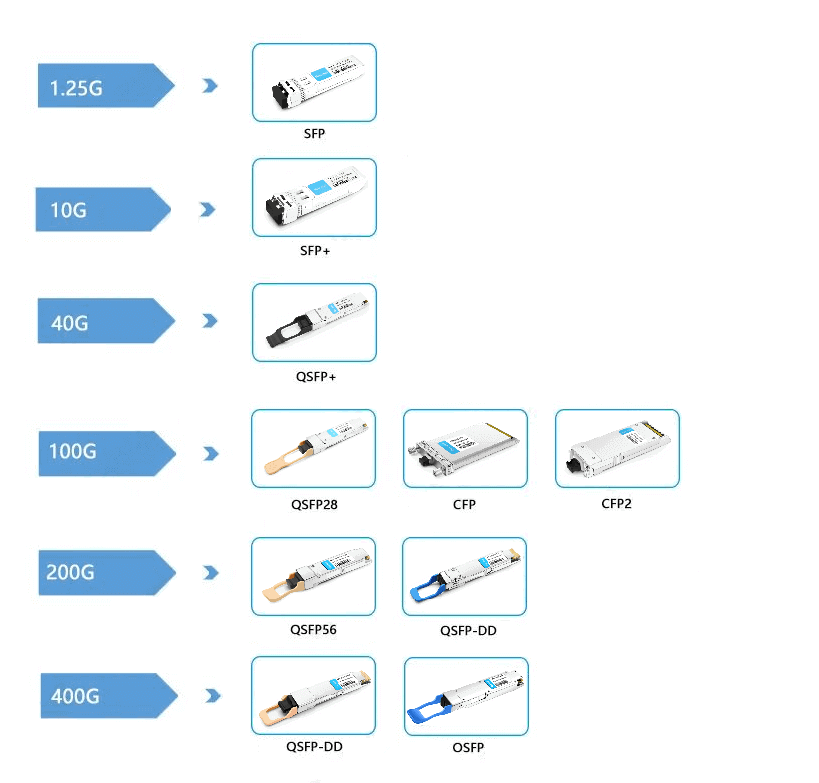
Wavelength
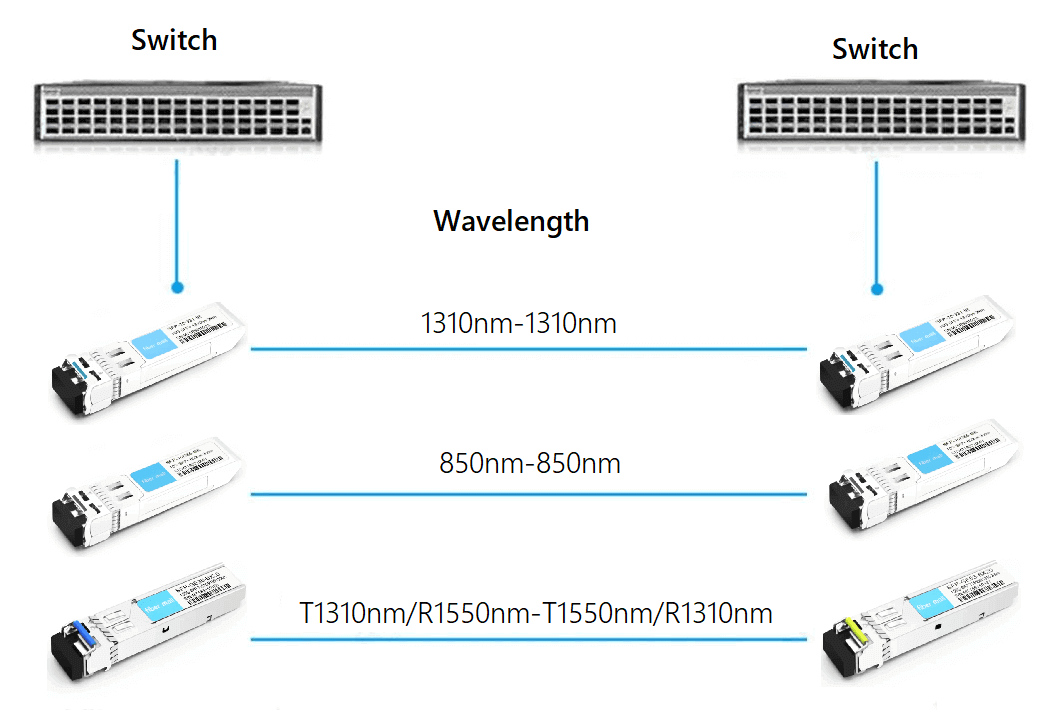
Transmission distance
Please do not work the optical module at the maximum distance for a long time.
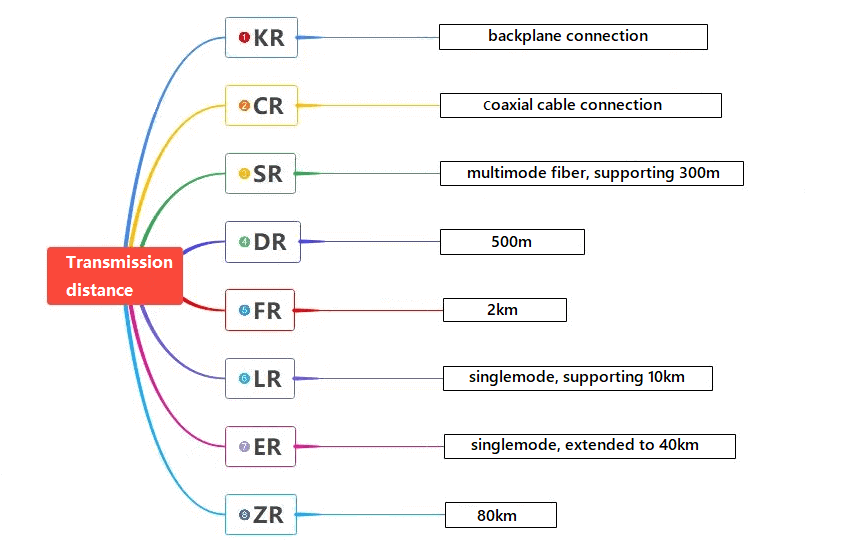
Note: Please do not work the optical transceiver at the maximum distance for a long time.
Working temperature
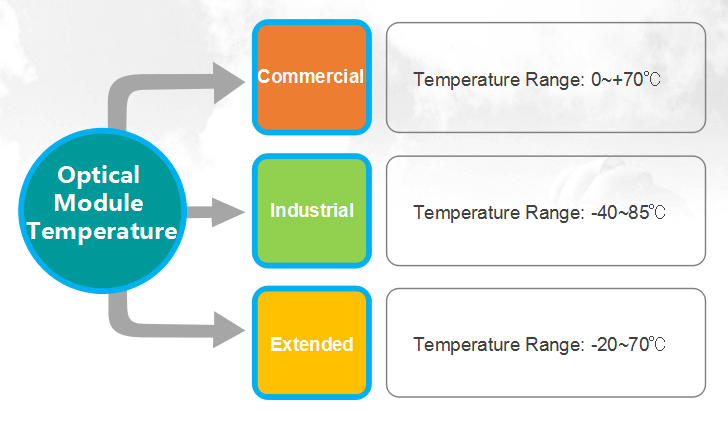
Equipment Brand
Before choosing an optical module, we need to know the brand of the switch. It must be ensured that the optical module has been written with the corresponding brand compatibility code and tested on the corresponding brand switch to avoid abnormalities in later work.
A fine optical module must be tested on a number of parameters before shipment to ensure that the optical module has sound quality. It mainly includes eye diagram test, receiving sensitivity, aging test, compatibility test, optical port test and appearance test, etc.
Eye Diagram Detection
The eye diagram is an important stage in ensuring that the optical module gets the best possible signal. It is a series of digital signals accumulated on an oscilloscope and displayed as a graph, which is imaginatively called an eye diagram because of its shape like an open eye. The quality of the digital signal of the optical module can be seen in the eye diagram test results.
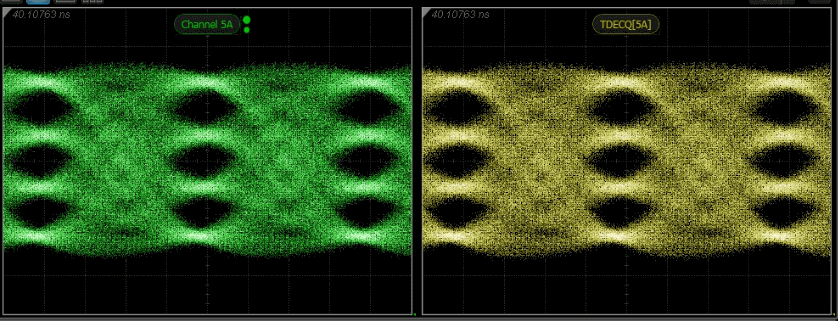
Eye diagram of the “eye” open size reflects the strength of inter-code crosstalk.
The larger the “eye” and the more correct the eye diagram is, the smaller the inter-coding crosstalk is.
Receiver Sensitivity
Receiver sensitivity is one of the key parameters to measure the performance of the receiver side of the optical transceiver. The better the receiver sensitivity, the smaller the minimum received optical power.
Aging Detection
Aging test is a practical and effective way to predict the life of optical modules and components. The application environment of optical modules is different and their working temperature is also different. Before leaving the factory, optical transceivers must be tested in aging chambers at high and low temperatures to verify whether the performance index of optical modules can still meet the standard under the extreme environment.
Compatibility test
Compatibility testing is mainly for compatible modules to test compatibility. The optical transceiver is inserted into the corresponding brand of switch for testing, and normal communication means that the optical module passes the test. If it is unable to communicate, it means that the optical transceiver is not compatible with it.
Optical Port Inspection
Optical port testing is the amplification of the optical port of an optical module before it is shipped. In optical communication systems, contamination of optical fibers can cause loss and reflection, which can lead to high error rates and degraded network performance. The optical port of the optical module is inspected for dirt and scratches.
Appearance Inspection
Appearance inspection involves inspecting the optical modules for quality control prior to shipment. The housing of each transceiver is checked for scratches, dirt, color, and smoothness, and gold fingers for scratches and labels. Usually, optical modules with bad quality also have defects in appearance, while the appearance of high-quality optical modules is fine.
Related Products:
-
 QSFP28-100G-SR4 100G QSFP28 SR4 850nm 100m MTP/MPO MMF DDM Transceiver Module
$40.00
QSFP28-100G-SR4 100G QSFP28 SR4 850nm 100m MTP/MPO MMF DDM Transceiver Module
$40.00
-
 QSFP28-100G-IR4 100G QSFP28 IR4 1310nm (CWDM4) 2km LC SMF DDM Transceiver Module
$110.00
QSFP28-100G-IR4 100G QSFP28 IR4 1310nm (CWDM4) 2km LC SMF DDM Transceiver Module
$110.00
-
 QSFP56-200G-SR4M 200G QSFP56 SR4 PAM4 850nm 100m MTP/MPO APC OM3 FEC Optical Transceiver Module
$139.00
QSFP56-200G-SR4M 200G QSFP56 SR4 PAM4 850nm 100m MTP/MPO APC OM3 FEC Optical Transceiver Module
$139.00
-
 QSFP56-200G-FR4S 200G QSFP56 FR4 PAM4 CWDM4 2km LC SMF FEC Optical Transceiver Module
$650.00
QSFP56-200G-FR4S 200G QSFP56 FR4 PAM4 CWDM4 2km LC SMF FEC Optical Transceiver Module
$650.00
-
 QSFP-DD-200G-SR4 2x 100G QSFP-DD SR4 850nm 70m/100m OM3/OM4 MTP/MPO-16 MMF Optical Transceiver Module
$350.00
QSFP-DD-200G-SR4 2x 100G QSFP-DD SR4 850nm 70m/100m OM3/OM4 MTP/MPO-16 MMF Optical Transceiver Module
$350.00
-
 QSFP-DD-200G-LR4 200G QSFP-DD LR4 PAM4 LWDM4 10km LC SMF FEC Optical Transceiver Module
$1000.00
QSFP-DD-200G-LR4 200G QSFP-DD LR4 PAM4 LWDM4 10km LC SMF FEC Optical Transceiver Module
$1000.00
-
 QSFP-DD-400G-SR8 400G QSFP-DD SR8 PAM4 850nm 100m MTP/MPO OM3 FEC Optical Transceiver Module
$149.00
QSFP-DD-400G-SR8 400G QSFP-DD SR8 PAM4 850nm 100m MTP/MPO OM3 FEC Optical Transceiver Module
$149.00
-
 QSFP-DD-400G-DR4 400G QSFP-DD DR4 PAM4 1310nm 500m MTP/MPO SMF FEC Optical Transceiver Module
$400.00
QSFP-DD-400G-DR4 400G QSFP-DD DR4 PAM4 1310nm 500m MTP/MPO SMF FEC Optical Transceiver Module
$400.00
-
 QSFP-DD-400G-SR4.2 400Gb/s QSFP-DD SR4 BiDi PAM4 850nm/910nm 100m/150m OM4/OM5 MMF MPO-12 FEC Optical Transceiver Module
$900.00
QSFP-DD-400G-SR4.2 400Gb/s QSFP-DD SR4 BiDi PAM4 850nm/910nm 100m/150m OM4/OM5 MMF MPO-12 FEC Optical Transceiver Module
$900.00
-
 QSFP-DD-400G-LR4 400G QSFP-DD LR4 PAM4 CWDM4 10km LC SMF FEC Optical Transceiver Module
$600.00
QSFP-DD-400G-LR4 400G QSFP-DD LR4 PAM4 CWDM4 10km LC SMF FEC Optical Transceiver Module
$600.00
-
 OSFP-400G-SR4-FLT 400G OSFP SR4 Flat Top PAM4 850nm 30m on OM3/50m on OM4 MTP/MPO-12 Multimode FEC Optical Transceiver Module
$550.00
OSFP-400G-SR4-FLT 400G OSFP SR4 Flat Top PAM4 850nm 30m on OM3/50m on OM4 MTP/MPO-12 Multimode FEC Optical Transceiver Module
$550.00
-
 OSFP-400G-LR4 400G LR4 OSFP PAM4 CWDM4 LC 10km SMF Optical Transceiver Module
$1199.00
OSFP-400G-LR4 400G LR4 OSFP PAM4 CWDM4 LC 10km SMF Optical Transceiver Module
$1199.00
-
 OSFP-2x200G-FR4 2x 200G OSFP FR4 PAM4 2x CWDM4 CS 2km SMF FEC Optical Transceiver Module
$1500.00
OSFP-2x200G-FR4 2x 200G OSFP FR4 PAM4 2x CWDM4 CS 2km SMF FEC Optical Transceiver Module
$1500.00
-
 OSFP-800G-FR8L OSFP 800G FR8 PAM4 CWDM8 Duplex LC 2km SMF Optical Transceiver Module
$3000.00
OSFP-800G-FR8L OSFP 800G FR8 PAM4 CWDM8 Duplex LC 2km SMF Optical Transceiver Module
$3000.00
-
 OSFP-800G-LR8 OSFP 8x100G LR PAM4 1310nm MPO-16 10km SMF Optical Transceiver Module
$1800.00
OSFP-800G-LR8 OSFP 8x100G LR PAM4 1310nm MPO-16 10km SMF Optical Transceiver Module
$1800.00
-
 OSFP-800G-DR8 OSFP 8x100G DR PAM4 1310nm MPO-16 500m SMF DDM Optical Transceiver Module
$900.00
OSFP-800G-DR8 OSFP 8x100G DR PAM4 1310nm MPO-16 500m SMF DDM Optical Transceiver Module
$900.00
-
 QSFP-DD-800G-SR8 800G SR8 QSFP-DD 850nm 100m OM4 MMF MPO-16 Optical Transceiver Module
$850.00
QSFP-DD-800G-SR8 800G SR8 QSFP-DD 850nm 100m OM4 MMF MPO-16 Optical Transceiver Module
$850.00
-
 QSFP-DD-800G-DR8 800G-DR8 QSFP-DD PAM4 1310nm 500m DOM MTP/MPO-16 SMF Optical Transceiver Module
$1300.00
QSFP-DD-800G-DR8 800G-DR8 QSFP-DD PAM4 1310nm 500m DOM MTP/MPO-16 SMF Optical Transceiver Module
$1300.00
-
 QSFP-DD-800G-FR8 QSFP-DD 8x100G FR PAM4 1310nm 2km DOM MPO-16 SMF Optical Transceiver Module
$1500.00
QSFP-DD-800G-FR8 QSFP-DD 8x100G FR PAM4 1310nm 2km DOM MPO-16 SMF Optical Transceiver Module
$1500.00
-
 QSFP-DD-800G-FR8L QSFP-DD 800G FR8 PAM4 CWDM8 2km DOM Duplex LC SMF Optical Transceiver Module
$3000.00
QSFP-DD-800G-FR8L QSFP-DD 800G FR8 PAM4 CWDM8 2km DOM Duplex LC SMF Optical Transceiver Module
$3000.00

